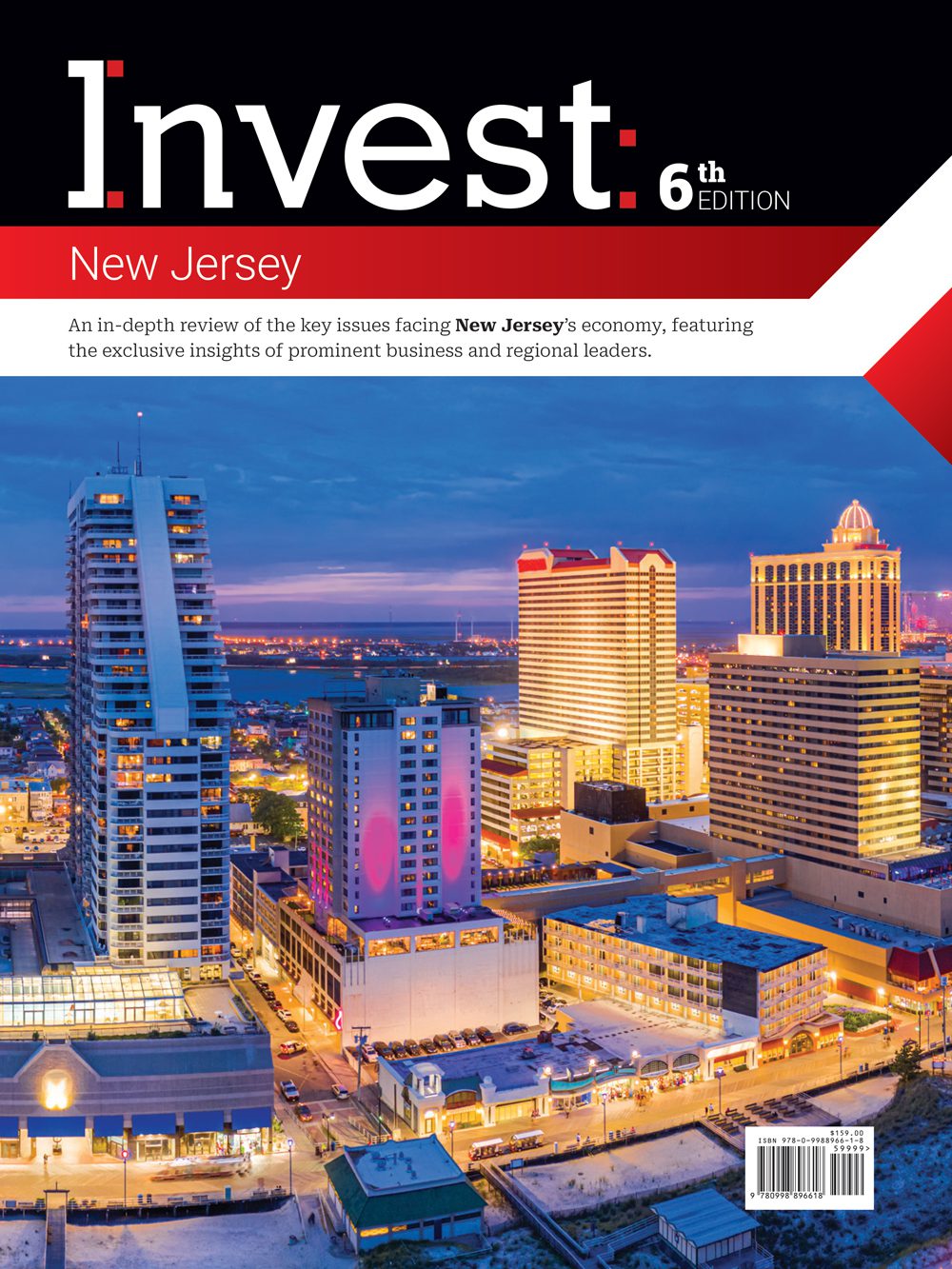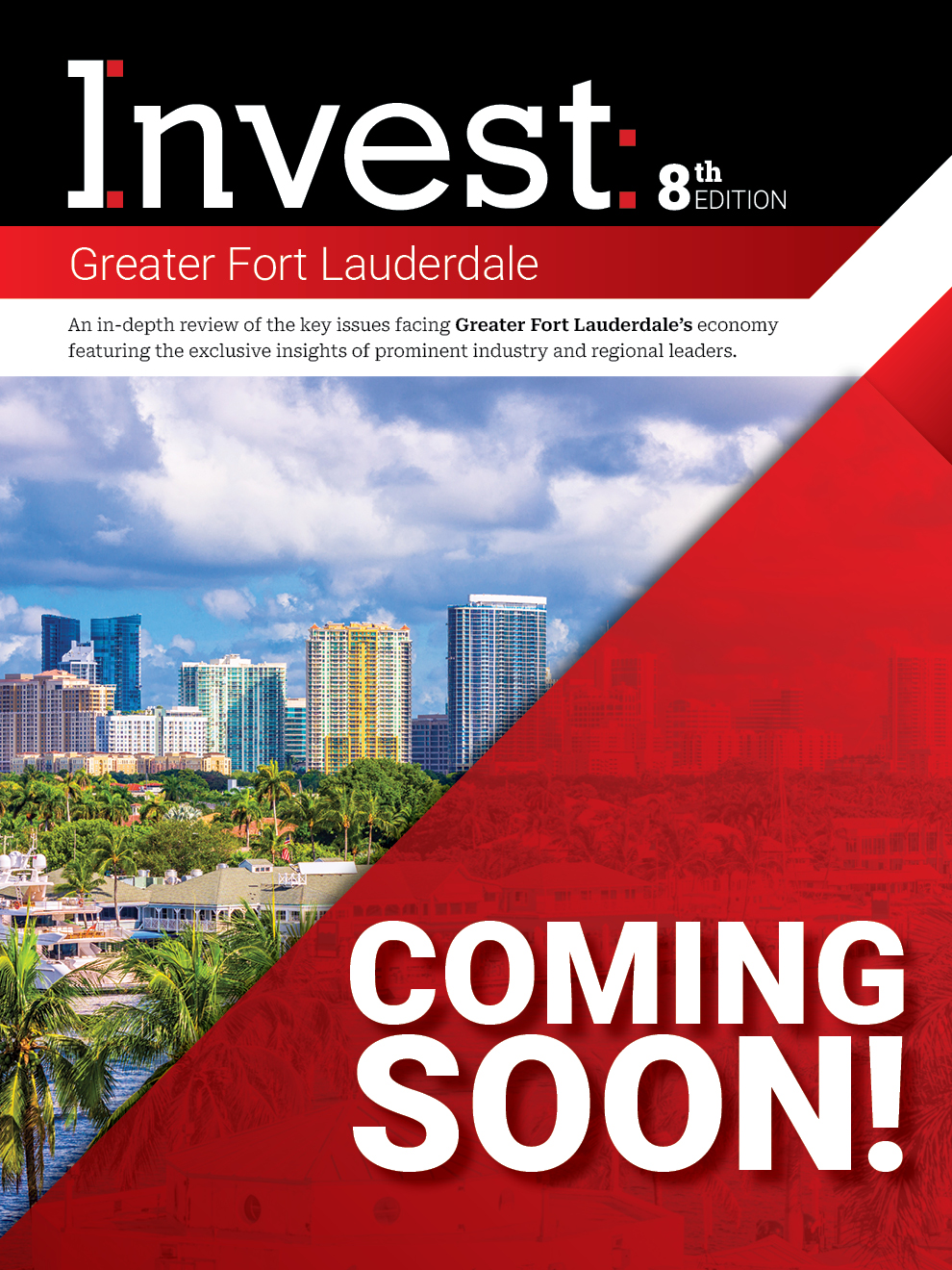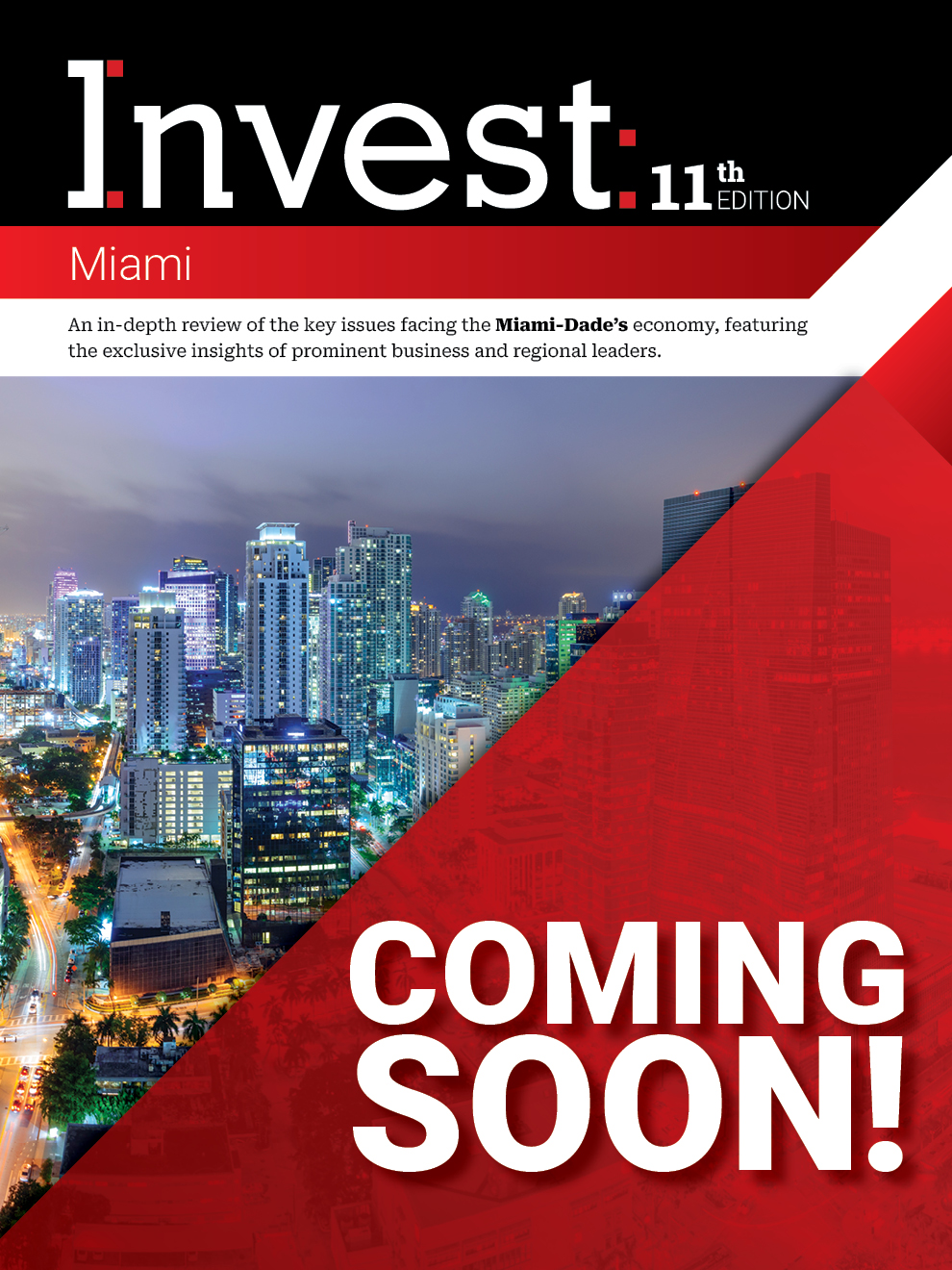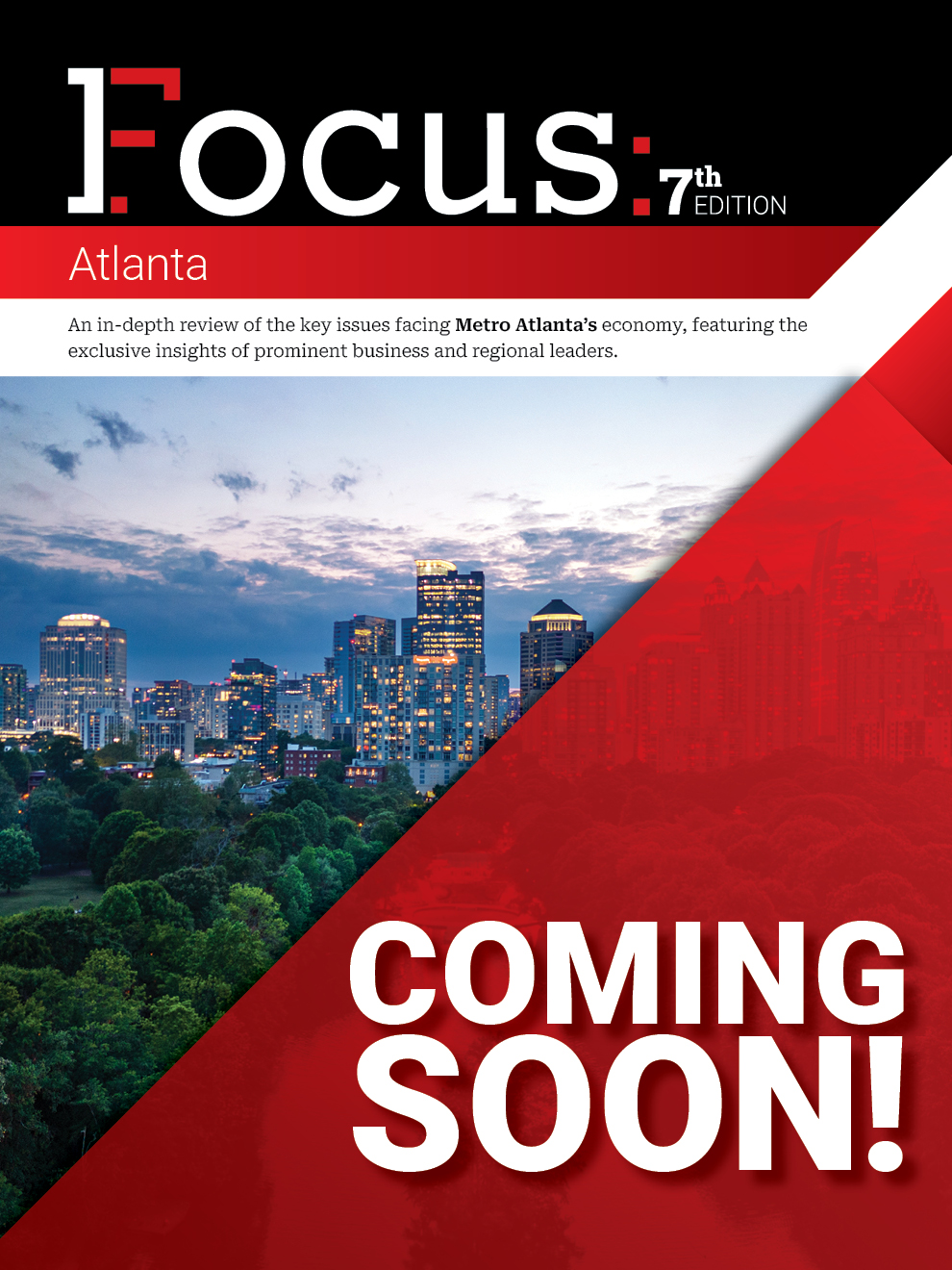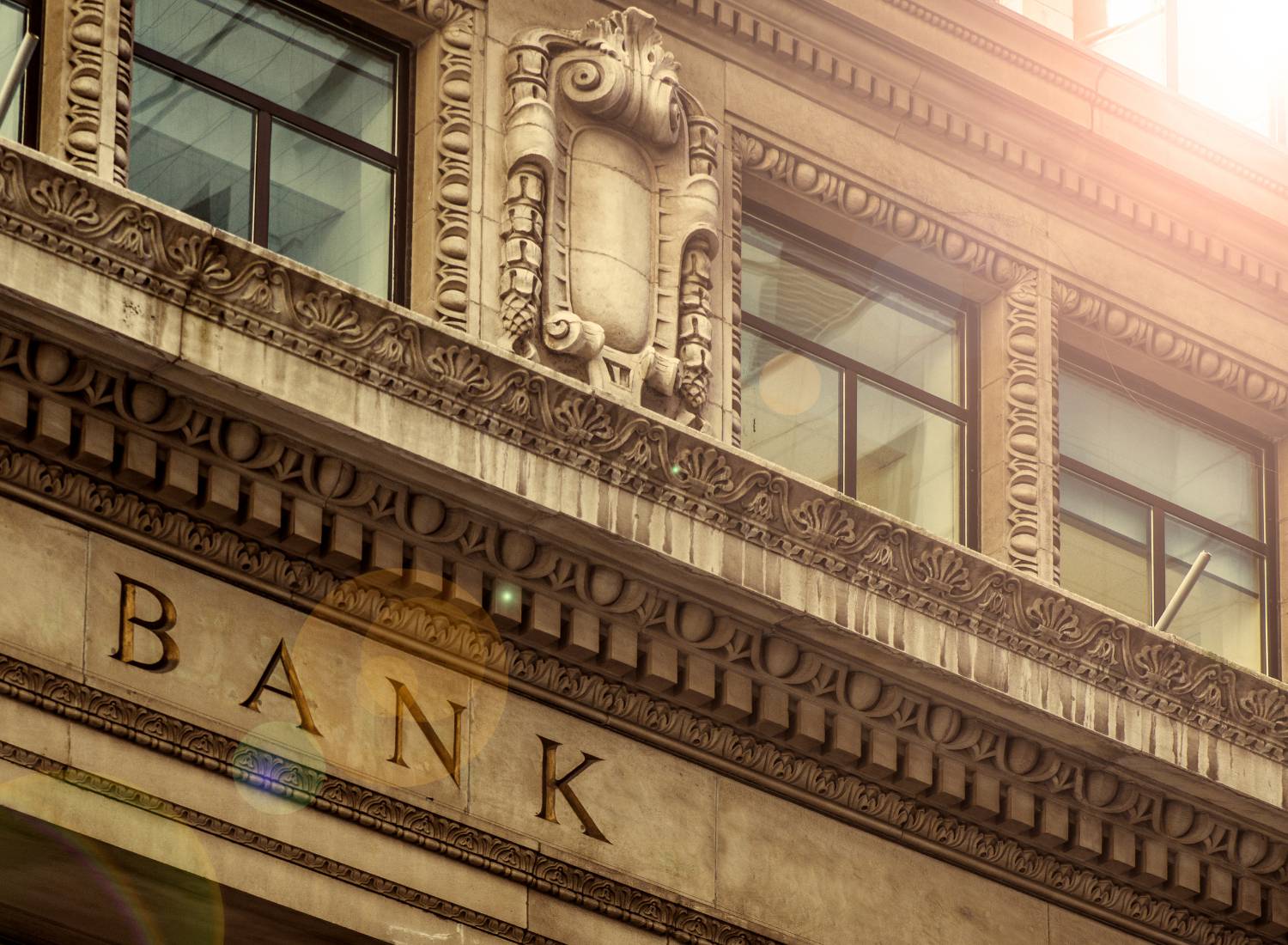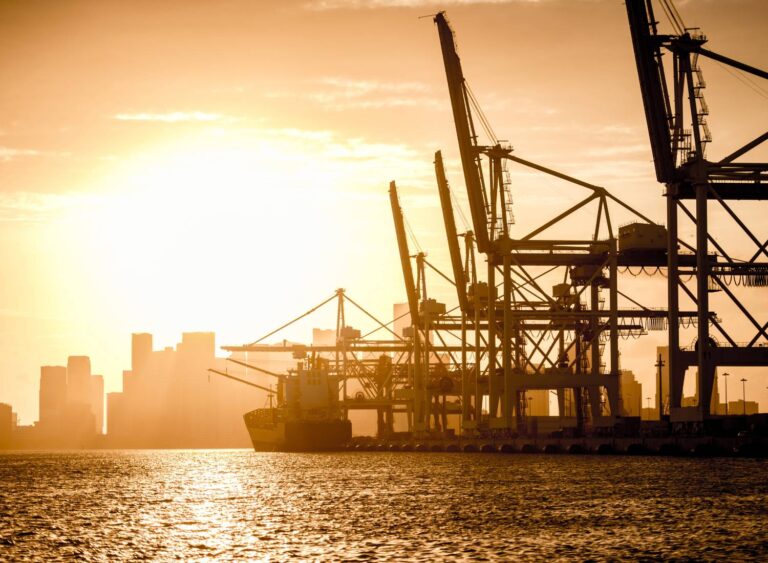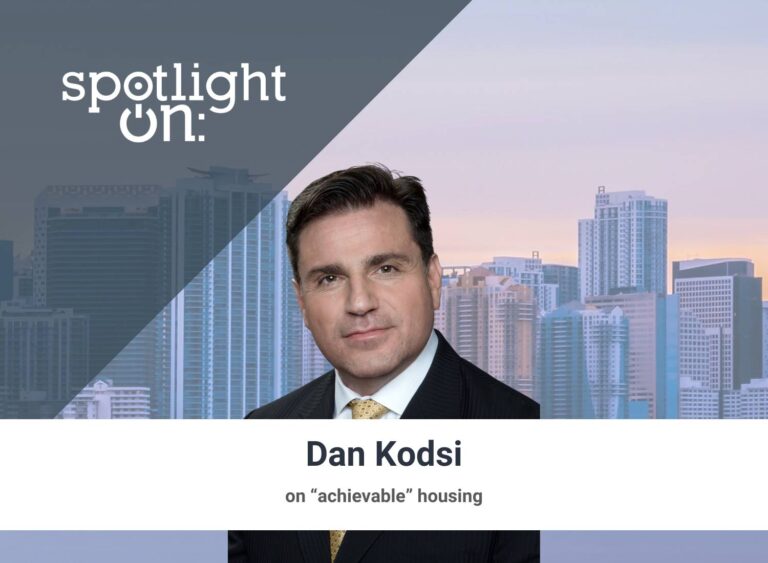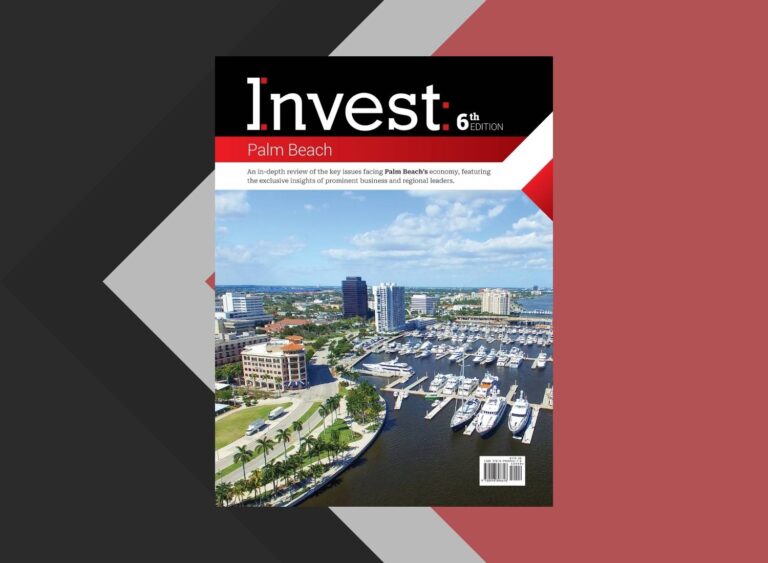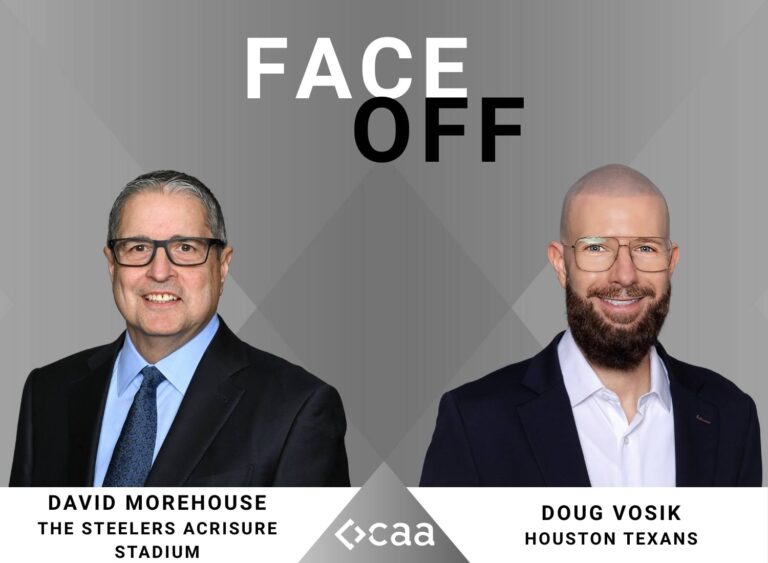Spotlight On: Tina Mengine, President & CEO, Erie County Redevelopment Authority
 June 2025 — In an interview with Invest:, Tina Mengine, president and CEO of the Erie County Redevelopment Authority (ECRDA), said that strategic investment in infrastructure, housing, and innovation is positioning Erie for long-term economic growth. “When we grow, the community grows, and that’s really at the heart of our mission.”
June 2025 — In an interview with Invest:, Tina Mengine, president and CEO of the Erie County Redevelopment Authority (ECRDA), said that strategic investment in infrastructure, housing, and innovation is positioning Erie for long-term economic growth. “When we grow, the community grows, and that’s really at the heart of our mission.”
What changes over the past year have most impacted the ECRDA, and in what ways?
We’re deeply intertwined with both the county and the community, so any impact on the Redevelopment Authority directly affects the broader region. When we grow, the community grows, and that’s really at the heart of our mission. Over the past year, we’ve made significant strides in infrastructure development — by infrastructure, I mean real estate and physical assets. One of the key challenges for Erie County has been the lack of ready-to-go development sites to attract new businesses. Over the past few years, we’ve focused intently on addressing that issue, and it’s finally paying off.
We now have properties at various stages of construction and development, ranging from five-acre sites in the inner city to a 200-acre business park. As a result, we’re seeing increased interest and inquiries from investors and businesses looking to establish a presence in our community.
Could you elaborate on the strategies and partnerships that enabled the Authority to achieve significant success with grants?
The Redevelopment Authority operates as a parent organization overseeing several entities: one focused on real estate development, another on business lending, and another dedicated to grant management. These grants aren’t just for our own projects, they also support initiatives by private and public entities throughout the county.
When we refer to that $48 million in grants, we’re talking about funds we’ve secured or are currently managing for a wide range of projects, from workforce housing to industrial and healthcare projects. It really spans the spectrum. We pride ourselves on identifying and securing grant opportunities from every possible source and bringing those resources back to the county to maintain momentum in our growth. While many of those grants support our own projects, a significant portion go toward external community initiatives as well.
Our lending program has also grown significantly. Just five years ago, we primarily lent to industrial businesses. Today, we support a wide variety of enterprises, with a $30 million lending operation, from small Main Street businesses to large industrial projects. Our loan portfolio ranges from $10,000 to $1 million. This expansion has proven to be a critical tool, especially during the pandemic. We were able to help many businesses stay afloat, and now we’re seeing those same businesses move into growth mode, which is really exciting.
How are housing rehabilitation and construction efforts improving living conditions for residents?
I have to credit a broader team for the housing work. In Erie County, we have an organization called Infinite Erie, which functions similarly to the Allegheny Conference in Pittsburgh. It takes a big-picture view of regional challenges, and one of the primary issues it’s tackling is housing. Like many places across the country, we’re dealing with an aging housing stock and a pressing need for workforce housing at all levels.
Infinite Erie has spearheaded the housing effort, and we’ve supported it with funding and technical assistance. One standout project involves a former Hilton hotel downtown — 170 rooms — being converted into apartments with ground-floor retail. It’s a $40 million investment and should be completed by this fall.
It’s an exciting project that addresses a critical need for affordable, but not subsidized, housing. Alongside this, private developers have been creating second- and third-floor loft apartments downtown. We’re really working to get ahead of the housing crisis. After the downtown projects, the next step is revitalizing individual neighborhoods. Young people want to live where they can walk to everything: the Bayfront, restaurants, and entertainment.
How is the major business park development expected to impact the region’s manufacturing and logistics sectors?
Erie has long been a manufacturing town, that has been our foundation. Through the 1970s and 1980s, manufacturing was our leading industry. While it’s evolved over time, it remains our top sector. However, we haven’t kept pace with the changing needs of modern manufacturing. In fact, we haven’t built a new business park in 25 years.
This new 160-plus-acre business park is a major step forward. It’s located at the intersection of I-90 and I-79, which places it within a day’s drive of half the population of North America — New York, Toronto, Chicago, Nashville, Washington, D.C., and more. From a logistics standpoint, it’s ideal. We’re planning state-of-the-art facilities for new and expanding businesses, and the site allows for future expansion.
At the same time, we’re rehabbing old, outdated manufacturing buildings to bring them back into productive use. So while we’re building out new infrastructure, we’re also breathing new life into the existing assets. It’s a dual strategy to support both current needs and future growth.
What trends in economic development are influencing your strategy?
A few years ago, Erie Regional Chamber & Growth Partnership conducted a study to explore Erie’s future opportunities. One of our greatest untapped assets is Lake Erie. Our downtown is situated right on the waterfront — we have a convention center, hotels, seven miles of pristine beaches — yet we’ve never fully leveraged it for tourism. Historically, it was used primarily for manufacturing. We’re now leaning into outdoor recreation and tourism as a key growth area. By attracting tourists and eventually turning some into residents and business owners, we can help reshape the local economy. At the same time, we’re committed to advanced manufacturing and exploring new sectors.
Interestingly, Erie also has a vibrant wine industry along the lake, something not many people associate with our region. That’s both a tourism and agricultural asset. We’ve leaned into agricultural innovation as well. For instance, we recently completed a cutting-edge aquaculture center called Grow Erie. It uses fish waste from the lake to grow herbs and other produce, and the same technology could potentially benefit the wine industry.
We’re constantly identifying our strengths and doubling down on them. In addition to agriculture and manufacturing, we have a small but active gaming and technology sector supported by our five local universities, which are developing relevant programs. From the Authority’s standpoint, our goal is to support and amplify these areas wherever we can make the most impact.
How are agricultural grant programs awarded and what is your strategic vision for diversifying and supporting sustainable industries?
During the pandemic, we had some direct grant funds to distribute, but now we’re primarily sourcing grants from external partners. The Grow Erie aquaculture project I mentioned earlier was a $5.2 million initiative that was fully funded by local, state, and federal grants. Because it involved new technologies and innovation, we received significant support from the Pennsylvania Department of Agriculture, the USDA, and local organizations.
It’s located in a distressed area and will hopefully serve as a catalyst for broader neighborhood revitalization. What’s particularly exciting is that the company that provided the technology, Integrated Agriculture Systems, was so impressed by the project and Erie’s potential that they relocated their business here. That’s the gold standard in economic development: when innovation leads to new businesses and spinoff growth.
While most projects aren’t 100% grant-funded like this one, it’s a great example of what’s possible with the right partnerships and vision.
What is next, and what are your key priorities moving forward?
One major priority is getting the new business park fully operational and populated with multiple businesses that generate jobs. We’re also tackling several brownfield sites, including a 200-acre site along the waterfront that was once a plant used in steel production. It’s prime real estate but needs environmental remediation.
Cleaning and redeveloping that site will take several years, but it’s vital. Once complete, it will be connected to our downtown and unlock an additional 200 acres right on the water. It’s a beautiful location, and we want to transform it into something that contributes positively to the community.
Redeveloping old industrial sites takes time and significant federal funding, which is always a challenge. But we can’t leave contaminated properties sitting idle, we can’t transform a community while those blighted areas remain. That’s a top priority for me, and I’m optimistic we’ll get there, step by step.
For more information, please visit:

